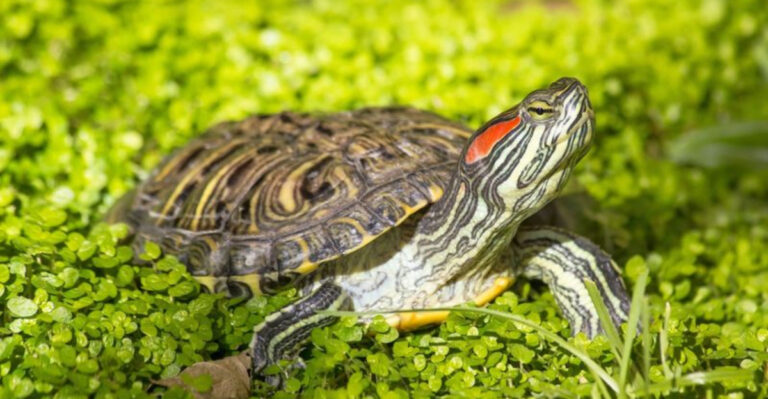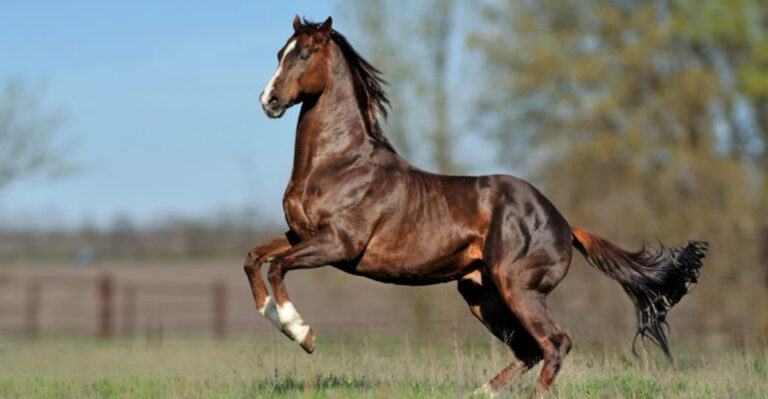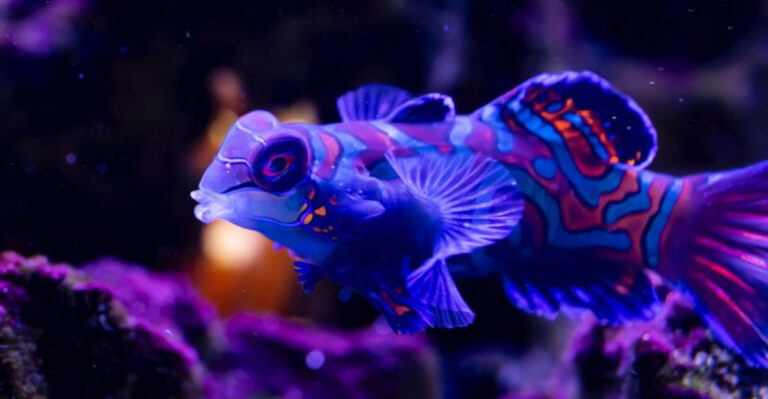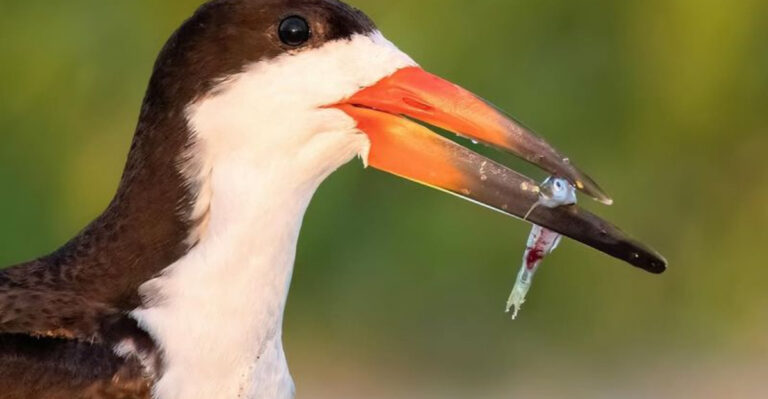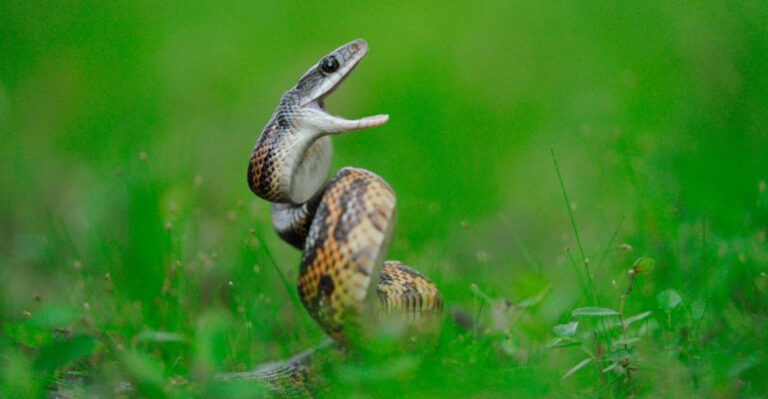11 Incredible Creatures That Seem Too Extraordinary To Exist
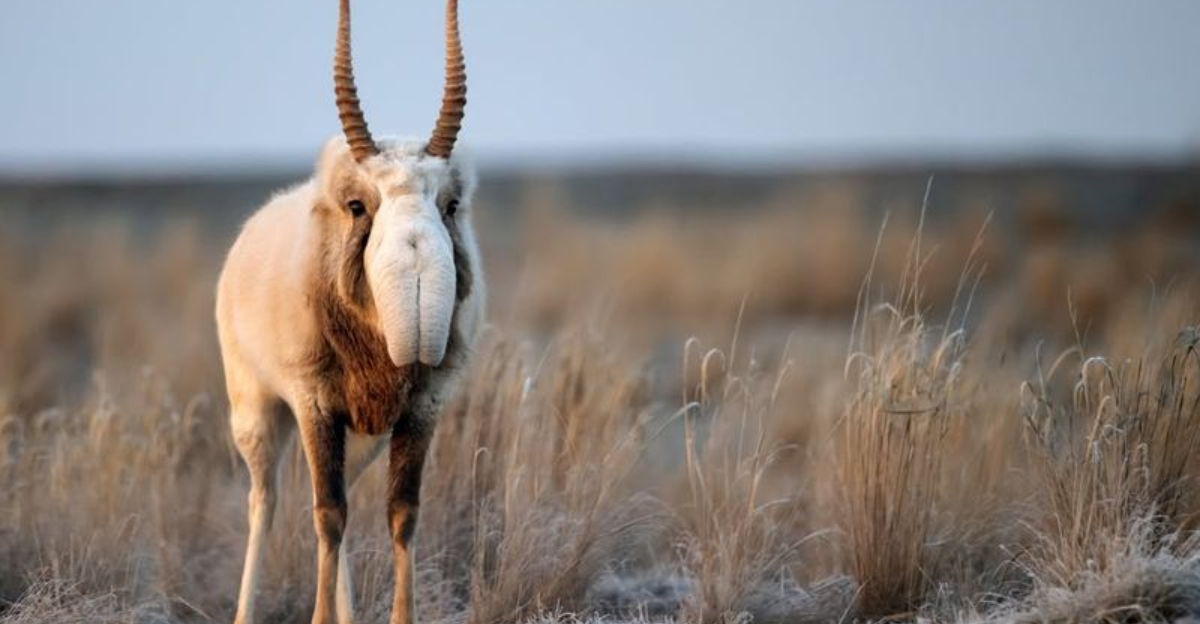
The natural world is full of wonders, but some creatures are so extraordinary they seem to belong in fairy tales rather than reality. These incredible beings showcase the diversity and ingenuity of evolution, each possessing unique traits and appearances that defy the ordinary.
From the depths of the ocean to the dense forests and harsh deserts, these creatures capture our imagination with their unusual features and behaviors.
1. Narwhal
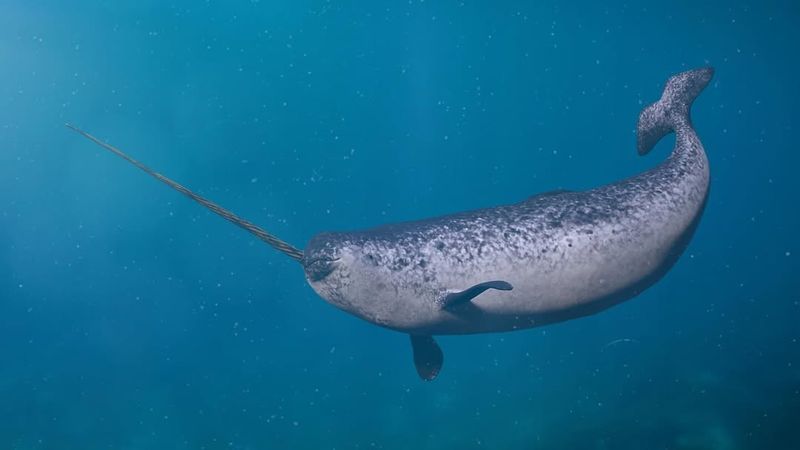
The narwhal, often dubbed the unicorn of the sea, is renowned for its long, spiral tusk which is actually an elongated tooth. Found in Arctic waters, these marine mammals can weigh up to 1.5 tons and measure about 5 meters in length.
Narwhals use echolocation to navigate the icy waters, helping them hunt for fish, squid, and shrimp. Their tusk, which can grow up to 3 meters, is a sensory organ, detecting changes in the environment. Social creatures, narwhals travel in groups called pods.
2. Shoebill Stork
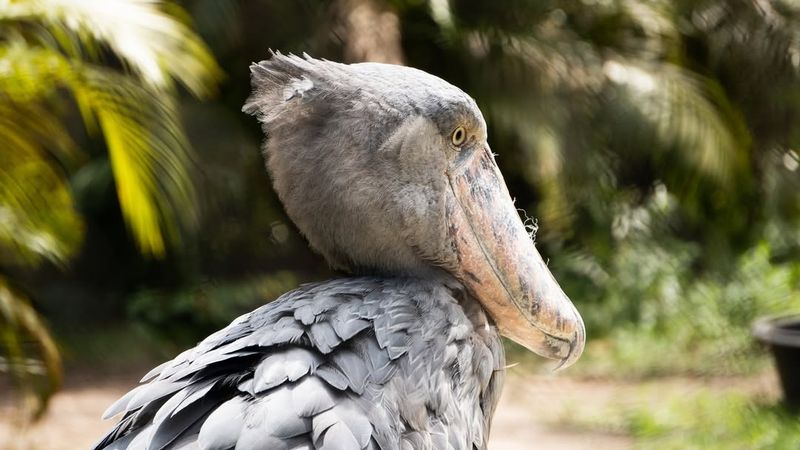
The shoebill stork, with its enormous shoe-like bill, is a formidable presence in the wetlands of eastern tropical Africa. Standing over a meter tall, this bird hunts fish, frogs, and even baby crocodiles with precision.
Its bill serves a dual purpose: capturing prey and attracting mates during the breeding season. Shoebill storks are solitary, often seen patiently waiting for prey. Their eerie silence and prehistoric look make them seem like relics from another era.
3. Axolotl
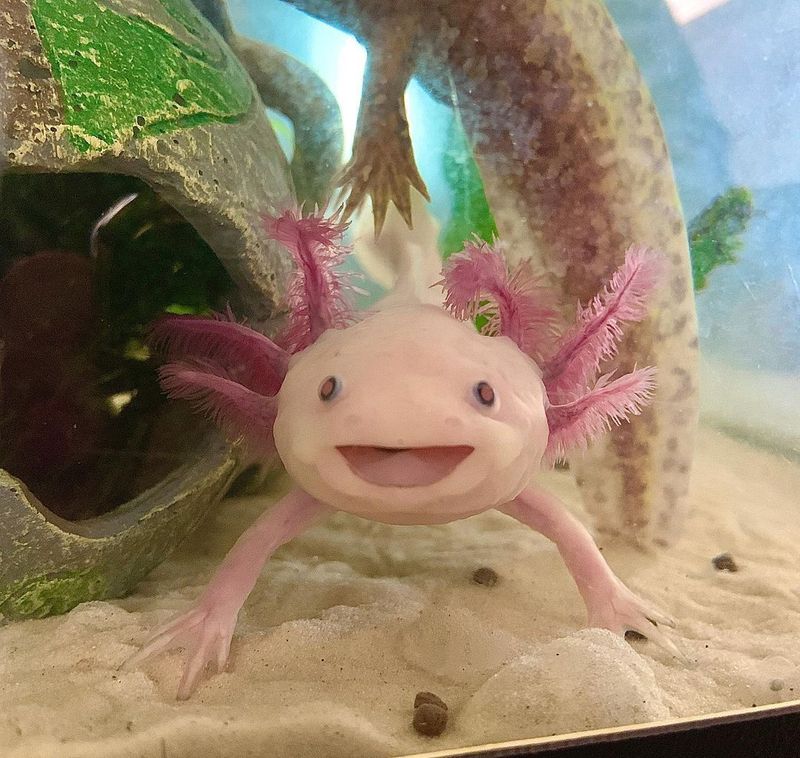
The axolotl, a type of salamander native to Mexico, is famous for its ability to regenerate limbs, spinal cord, heart, and other organs. Unlike most amphibians, axolotls retain their larval features throughout their life, a phenomenon known as neoteny.
They have feathery external gills that give them a distinctive appearance. Axolotls are found in freshwater lakes and canals, feeding on small fish and aquatic insects. Unfortunately, habitat destruction has led to their critical endangerment in the wild.
4. Leafy Sea Dragon
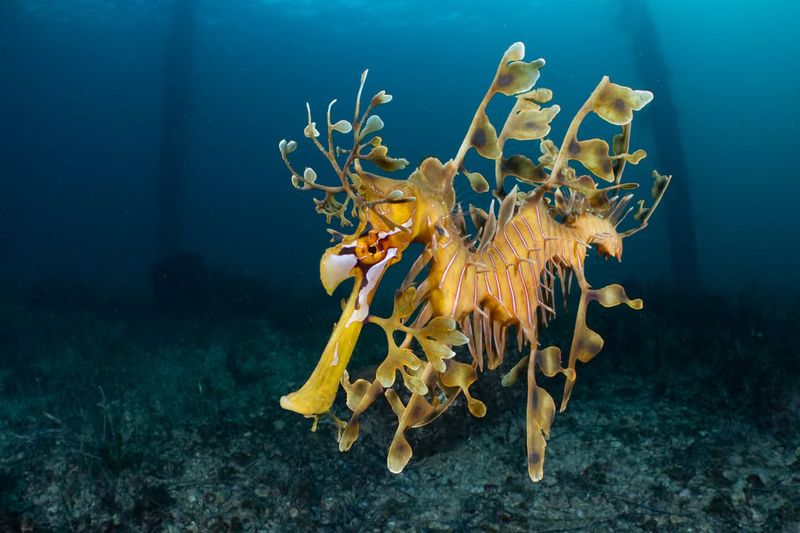
The leafy sea dragon, native to the southern and western coasts of Australia, is a master of disguise. Its leaf-like appendages make it nearly invisible among seaweed and kelp. These creatures drift through the water, relying on their excellent camouflage to avoid predators.
Unlike their seahorse relatives, leafy sea dragons cannot grasp objects with their tails. Males carry the eggs, nurturing them on a brood patch under their tail until they hatch. Habitat degradation and pollution pose threats to their survival, making them a protected species.
5. Saiga Antelope
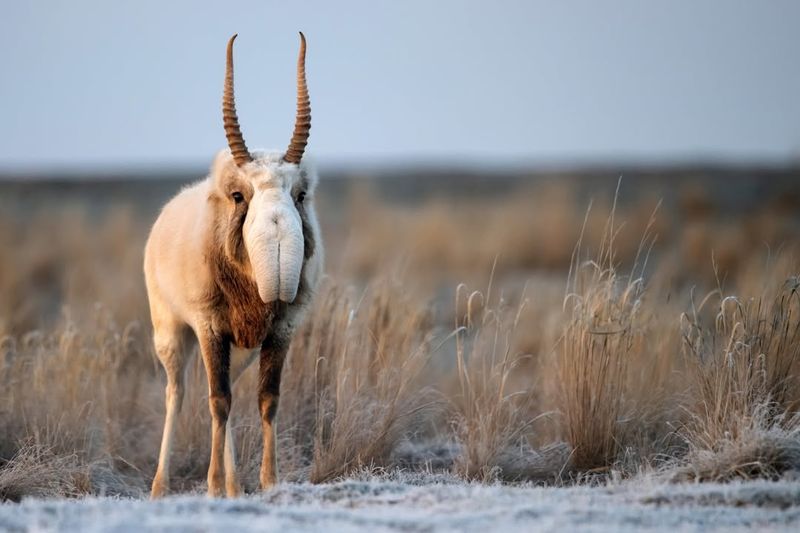
The saiga antelope, with its peculiar bulbous nose, roams the vast steppes of Central Asia. This extraordinary nose helps filter dust during migrations and regulate body temperature. Saiga were once abundant, but poaching and habitat loss have drastically reduced their numbers.
These antelopes have a unique, fast-paced lifestyle, migrating vast distances across the plains. They live in large herds, and their survival hinges on conservation efforts.
6. Pink Fairy Armadillo
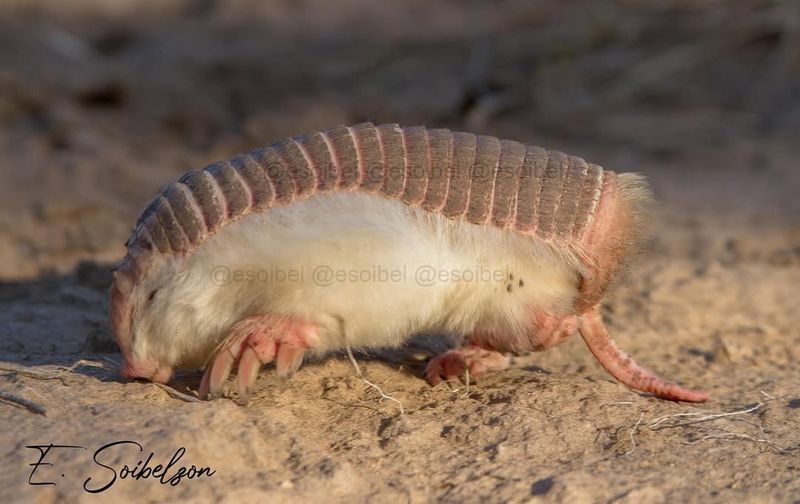
The pink fairy armadillo, the smallest of its kind, is a nocturnal burrower found in Argentina’s sandy plains. With a delicate, rosy shell and silky fur, it resembles a creature from a fantasy realm. This armadillo’s shell is not just for protection; it helps regulate body temperature.
Primarily insectivorous, it feeds on ants and larvae, using its claws to dig quickly. The pink fairy armadillo is elusive, spending most of its life underground, which makes studying it challenging.
7. Glass Frog
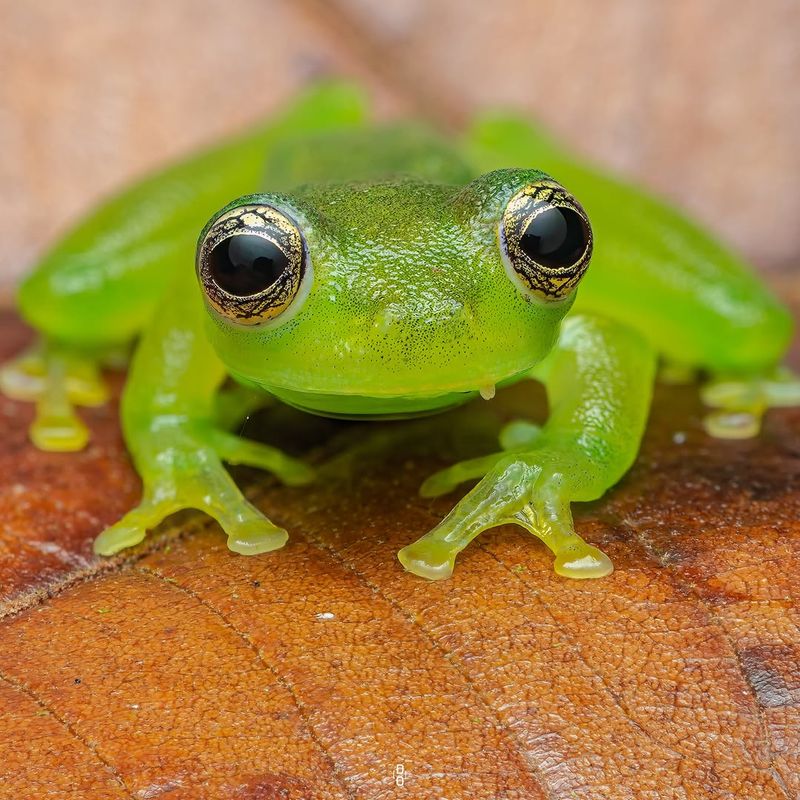
Glass frogs are named for their translucent skin, which reveals their internal organs. Found in the rainforests of Central and South America, these frogs are primarily arboreal, living high in the canopy. Their transparency serves as camouflage, blending with the leaves to evade predators.
At night, glass frogs descend to mate and lay eggs on vegetation overhanging streams. Males guard the eggs until they hatch into tadpoles, which drop into the water below.
8. Indian Purple Frog
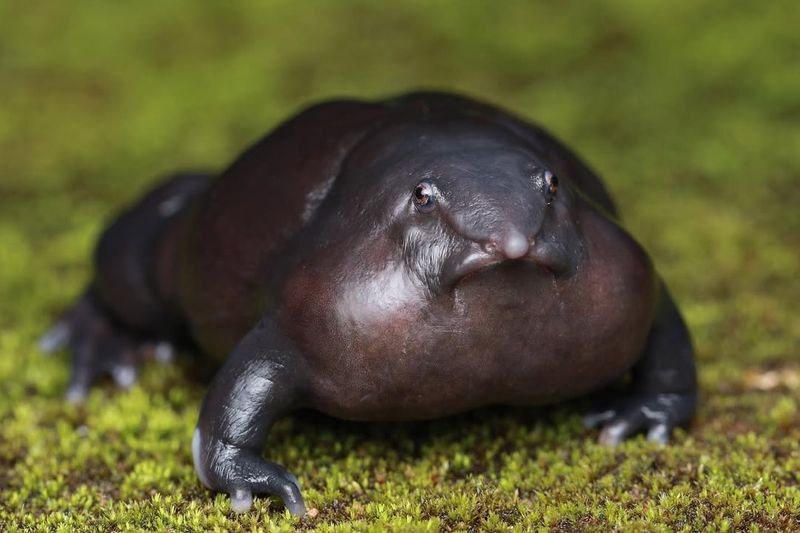
The Indian purple frog, also known as the pig-nosed frog, is a rare amphibian native to the Western Ghats of India. Its distinctive bloated body and pointed snout distinguish it from other frogs. Spending most of its life underground, it emerges only during the monsoon to breed.
This frog’s survival is threatened by deforestation and habitat loss. Despite its odd appearance, it’s an important part of the ecosystem, feeding on termites and ants.
9. Bald Uakari
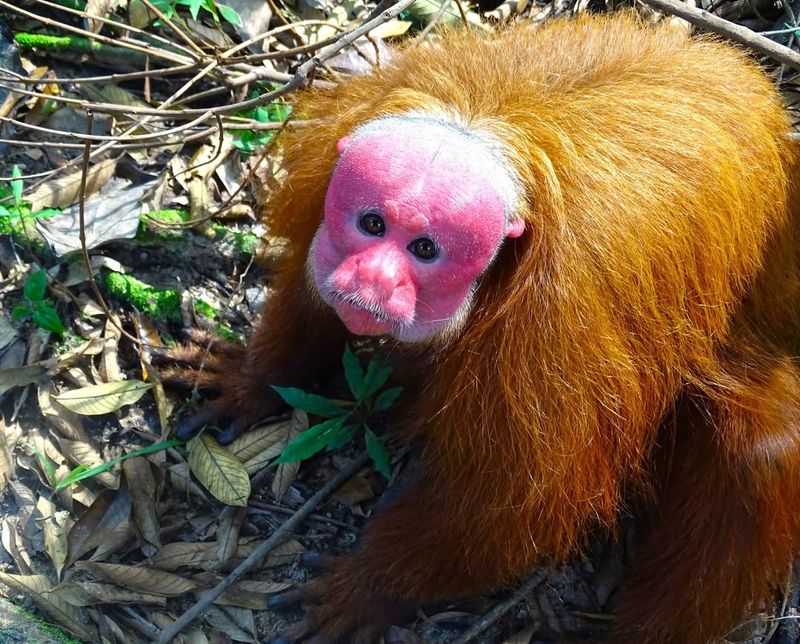
The bald uakari, with its vivid red face and shaggy white fur, is a primate found in the flooded forests of the Amazon Basin. Its red face is a sign of health and vitality, used to attract mates. Living in the trees, these monkeys are social, moving in troops and feeding on fruits, seeds, and insects.
Flooded forests provide a perfect habitat, though they face threats from deforestation and hunting.
10. Giant Squid
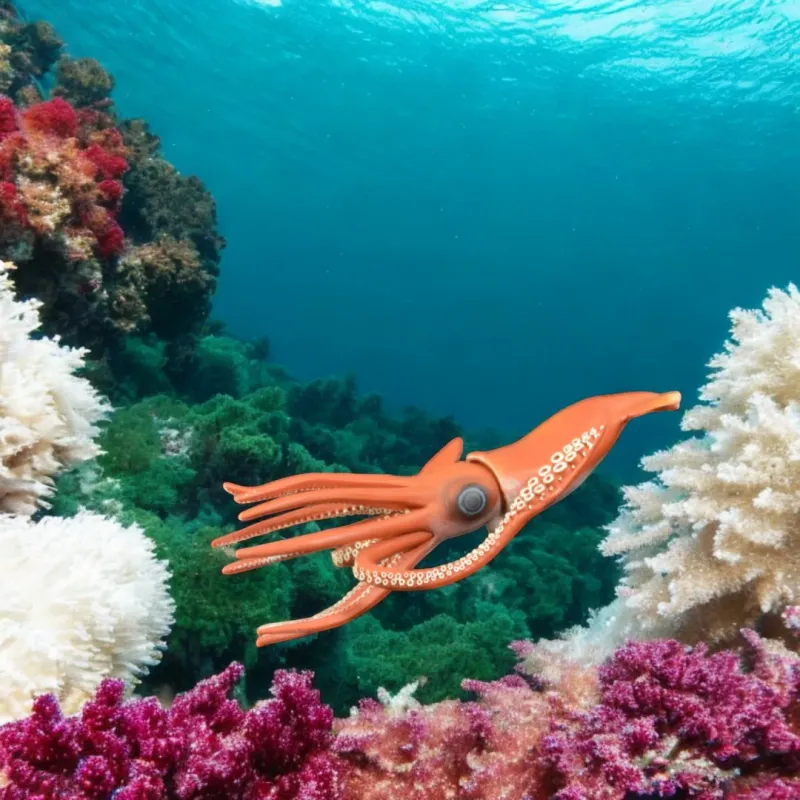
The giant squid, one of the ocean’s most elusive creatures, inhabits deep-sea environments. Growing up to 13 meters, it is armed with sharp beak-like jaws and long tentacles equipped with powerful suckers. Little is known about its behavior, given its remote habitat.
These squids are solitary hunters, preying on fish and other marine life. They play a crucial role in the marine food chain, feeding apex predators like sperm whales.
11. Pygmy Seahorse
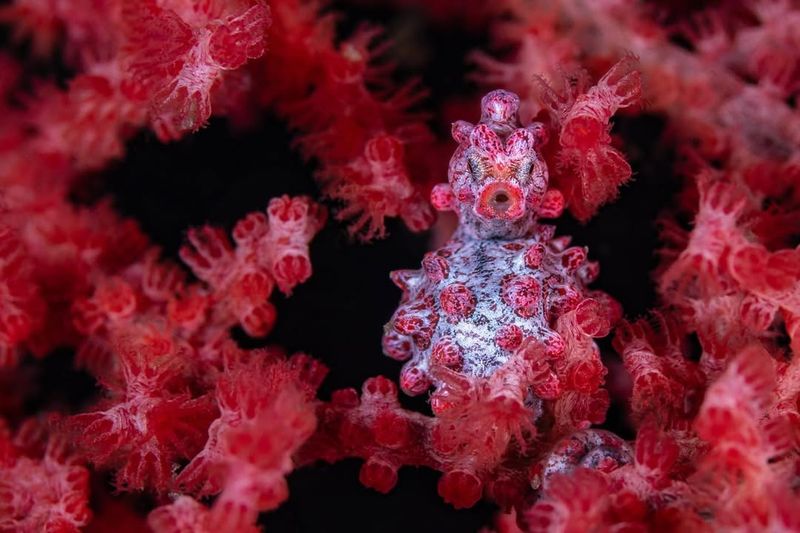
Pygmy seahorses are masters of disguise, blending seamlessly with the coral on which they live. Found in the Indo-Pacific region, these tiny creatures measure just a few centimeters. Their coloration matches their specific coral habitat, providing perfect camouflage against predators.
Unlike most fish, male seahorses carry the young in a brood pouch. They are susceptible to environmental changes, making them sensitive indicators of reef health.

